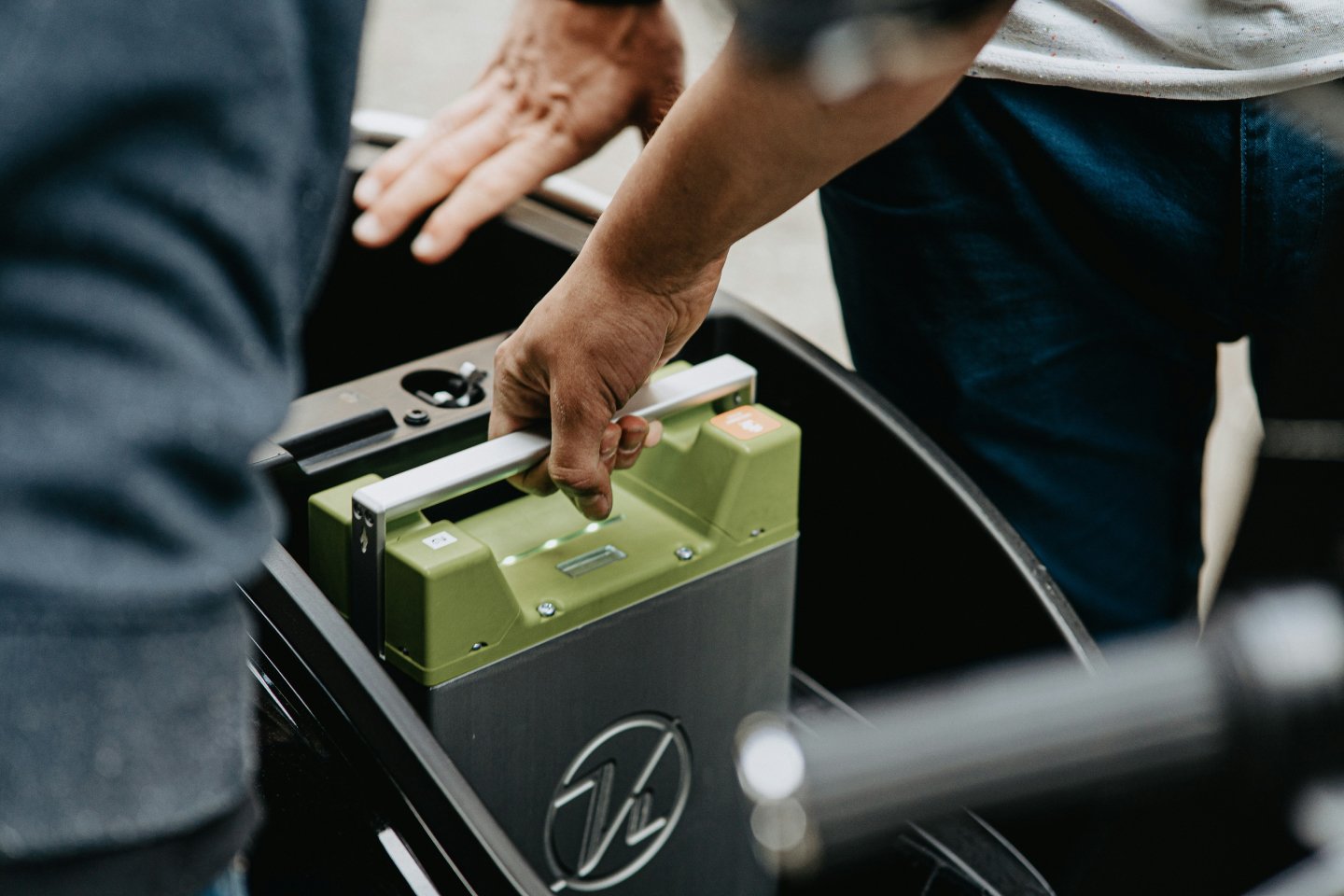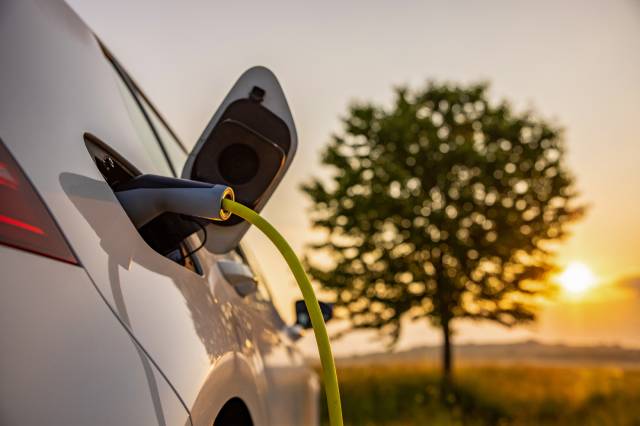Introducing the Infrastructure Debt Fund
The Australian Ethical Infrastructure Debt Fund is open to wholesale investors only, but we are investing in infrastructure debt through our superannuation fund as well because of the stable returns and alignment with our purpose.
Capital is desperately needed to solve some of the biggest challenges facing our societies, but it’s not always clear where the capital will come from, and what are the best ways to put it to good use.
Take the global energy transition – it’s estimated more than $80 billion of investment is needed in Australia alone to fund renewable energy generation, like solar, wind and battery technology in the next 6 years for us to keep up with our global pledges on carbon emissions and global warming.1
Global investment in clean energy rose to an all-time high of USD $1.7 trillion in 2023. The biggest spend is on solar energy, which has drawn on investment of USD $380 billion.2
Eighty billion dollars is the amount that’s needed in Australia to lift us from the 39% of energy generated by renewable sources today, to the 82% we need generated by 2030 to keep in touch with our Paris Aligned goals.3
Then there’s healthcare, social housing and essential changes to the way we develop our land and build our buildings.

It’s estimated more than $80 billion of investment is needed in Australia alone to fund renewable energy generation, like solar, wind and battery technology in the next 6 years for us to keep up with our global pledges on carbon emissions and global warming.
Investment is needed to provide essential services for our populations and develop new ways to build sustainable cities and ways of living, while veering away from the dangerous effects of climate change.
Governments will only go part of the way to helping fund what’s needed – budget funding will help propel renewable energy development.4 But the government’s plan largely depends on partnering with and enabling the private sector to step up.
Meanwhile, traditional funding sources you might think are being used to help kick start innovation and development, like bank funding, isn’t immediately available to renewable energy infrastructure. These kinds of projects are so new banks are so heavily regulated they can’t take advantage of the opportunity.5
It’s left to Investors like us, who are purposefully investing for a better world, to step up and supply capital to these projects.
We invest in responsible infrastructure debt projects in partnership with Infradebt, a specialist boutique fund manager focused on originating, structuring and managing private debt investments for infrastructure projects in Australia. As part of this partnership, we consider Environmental, Social and Governance factors which deliver net positive outcomes to the environment and society aligned to UN Sustainable Development goals, alongside traditional investment characteristics.
But the only way we can provide this capital to renewable energy and social infrastructure is if this investment case stacks up. This dual purpose of influencing progress towards a better future while also delivering attractive risk-adjusted returns is written into our investment beliefs.
We are hunting for opportunities to invest in these projects, ensuring we do so with a sharp investment focus. We believe we have found a way to fund some of the most important projects for our future societies through infrastructure debt.
Where we invest
We invest in the renewable energy transition and in a number of ways – through our impact investing portfolio, private equity, venture capital as well as through publicly listed companies. But debt is the most recent addition to our superannuation portfolios, and we have created a new fund accessible to individual wholesale investors.
Among the projects we invest in are ones in remote areas like in the Northern Territory which are disconnected from any grid.

We have some 24 investments already in the portfolio, including solar farms, battery utilities, windfarms, hospitals, building developers and the like.
Investment is needed to provide essential services for our populations and develop new ways to build sustainable cities and ways of living, while veering away from the dangerous effects of climate change.
Before these projects, many of these communities used diesel, which is relatively expensive to run for power supply, plus they have to truck the diesel down from Darwin adding further cost and using more fossil fuels. Projects we are funding have created local employment opportunities, saved money and reduced carbon emissions supporting the environment.
Uterne is another project we fund, the largest grid connected solar farm in Alice Springs. It produces enough electricity to run 1100 households. The facility is supported by a long-term purchasing power agreement with NT government and it displaces gas power.
The Yulara solar farm is another project we provide financing to. It’s the power source for the Voyages Resort at Uluru. It has a 20-year lease agreement with indigenous owners and purchasing power agreement with the NT government.
We have some 24 investments already in the portfolio, including solar farms, battery utilities, windfarms, hospitals, building developers and the like.
Why invest in debt?
Finding projects to fund the energy transition is one thing, but generating financial returns for investors at the same time is another. We are taking on these challenges equally and simultaneously.
We are at an early stage of the energy transition – when you consider how far we need to go to reach our goals – but we think things are going to accelerate quickly from here.
We think debt is good way to invest in battery technology, with more defensive characteristics than what listed equities might offer.
Investing in listed equities means taking on valuation risk with 30 years of expectations for future earnings. Debt financing on the other hand is unlisted and secured for much shorter 5-7 year timeframes. Different investors will be comfortable with different levels of risk and volatility.
Also, because banks aren’t currently providing sufficient funding in this area, there is a need for capital and therefore the potential for returns for investors able to get the structure right.
Our sustainable Infrastructure Debt Fund belongs in the infrastructure debt category, which is designed to deliver safe and consistent returns 2-3% above the RBA’s cash rate, which is 6-7% in the current environment.
Find out more about the Australian Infrastructure Debt FundNote: The Infrastructure Debt Fund is only intended for ‘wholesale clients’ in Australia, as defined [in s761G and s761GA] of the Corporations Act 2001 (Cth) (the Act) which includes but is not limited to:
- a person or entity that has obtained a qualified accountant’s certificate (within the last 6 months) stating that they have net assets of at least $2.5 million or a gross income for each of the last 2 financial years of at least $250,000.
- Financial services licensees, trustees of superannuation funds with funds that have net asset of at least $10 million or a person who controls at least $10 million.
Prospective investors should make their own enquiries and should seek all necessary financial, legal, tax and investment advice.
Australian Ethical Super members have some exposure to the Infrastructure Debt Fund through their Super investments.
1 https://www.dcceew.gov.au/sites/default/files/documents/annual-climate-change-statement-2023.pdf
2 International Energy Agency’s World Investment 2023 Report
3 https://www.dcceew.gov.au/sites/default/files/documents/annual-climate-change-statement-2023.pdf
5 Briefing note - Energising Australia's green bank.pdf (ieefa.org), p5



